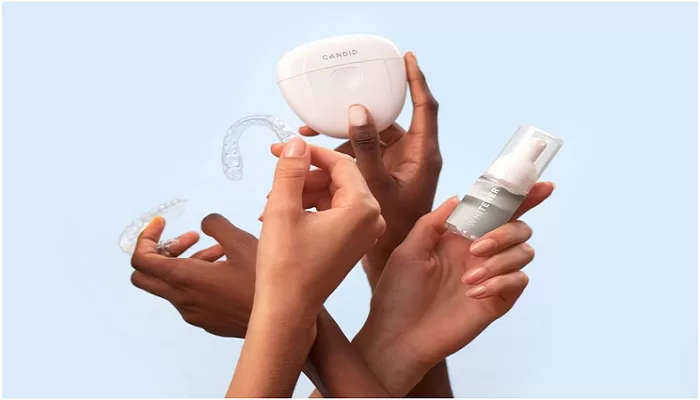Health
Type of Clinical Trials in Dental and Oral Health

The diversity of clinical trial models has increased exponentially in recent years, leading to unprecedented progress in dental and health research.
Advanced technology that can facilitate remote healthcare services has allowed for greater retention rates in all trials, and there are now hundreds of trials available for diagnosis, treatment, and other research-based objectives.
With so many trials occurring simultaneously, choosing the right clinical trial management system is more important than ever. Clinical validation is still critical to the success of any study, and attaining thorough knowledge of all trial types is the only way to ensure accurate findings.
With that in mind, let’s take a look at all the clinical trials you can expect to find in dental and oral health research. Each trial type is ordered alphabetically, with a brief explanation of each to provide you with all the information you need to know.

Source: Unsplash
Trial types
Diagnostic trials
As the accuracy of our tests and procedures improves, the chances of misdiagnosis decrease significantly. Dental and oral diagnostic trials are used to improve testing methods, with the aim of improving diagnostic accuracy for any particular disease or condition. Evaluating our present means of detecting diseases is the only way to improve them.
Prevention trials
As the name suggests, prevention trials focus on finding new ways to prevent dental and oral diseases. This research guards against the spread of illnesses, but it’s also performed to stop diseases from returning. Trial approaches come in a variety of forms and can include medicines, vitamins, or even lifestyle changes.
Screening trials
Screening trials test the efficacy of current screening methods for known health issues. Certain health conditions require extensive testing for accurate diagnosis, which is a drain on health resources when tests aren’t optimized fully. Because diagnosis is also improved, these trials will often produce data similar to that of a diagnostic trial.
Supportive care trials
Also known as quality of life trials, supportive care trials investigate methods of improving the comfort levels of individuals dealing with chronic illnesses, such as oral cancer and chronic thrush, for example. These trials are often qualitative rather than quantitative, dealing with subjective realities defined by preferential indicators.
Treatment trials
Treatment trials scrutinize the latest developments in healthcare, from experimental drug combinations to revolutionary approaches to surgery. For the implementation of new ideas to succeed, experimental treatments require sufficient evidence in favor of their use. The majority of trials that are currently ongoing fall under this category.

Source: Unsplash
Phases
In addition to trial type, the phase of a clinical trial is also an indicator of the type of management it will require. Sample size can also be used as a delineator but it’s not ideal, at least when compared to phase classification. There are four phases in all forms of clinical research, the details of which are explored further below.
Phase one
In terms of population, phase one trials consist of healthy volunteers, individuals with the target disease, or both. The duration of the trial can be up to one month, but it can also last for a day or even an hour.
These trials are uncontrolled and unblinded. In other words, there are no control groups, and all information is disclosed to trial participants. They involve a small number of people and are the first human tests in all clinical trials.
Phase two
Phase two trials only target individuals that fulfill specific criteria, such as having the target illness or coping with a specific chronic condition. Trials last for several months at a time but don’t go on for longer than a year.
Compared to phase one trials, trials in phase two feature a far greater degree of control elements. Placebos and active control comparisons dictate the progress of the study, and these control measures require increased involvement from researchers.
Phase three
Like phase two, phase three targets specific individuals that match the criteria for the study. However, the third phase lasts far longer than the second, and trials can be several years in length.
This phase tends to have broader eligibility criteria, with randomized treatment arms consisting of one or more control groups. The main objective of phase three is to confirm whether or not a treatment can be scaled up successfully.
Phase four
As the final phase of clinical trials, phase four is an ongoing process that only stops once the US Food and Drug Administration (FDA) approves the therapeutic action in question. Various populations in multiple areas participate, including healthy individuals.
At this stage, trials are purely observational; unbiased, and uncontrolled. Many drugs, treatments, and procedures have made it to phase four, only for it to then be discovered that unforeseen side effects can occur.























































